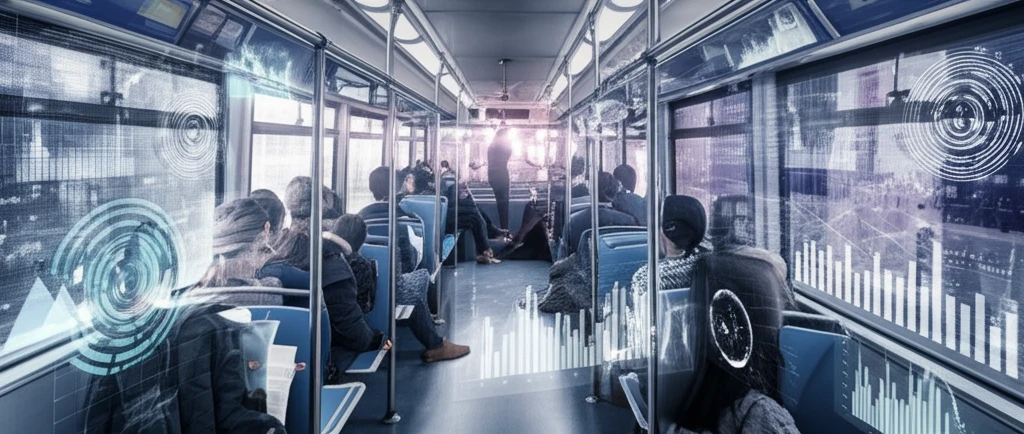
Navigating the Urban Jungle: How Data Can Ease Passenger Crowding on Buses
"Uncover strategies for leveraging data analytics to enhance the commuting experience and improve urban bus networks."
Imagine stepping onto a bus where you can actually find a seat, or at least not be crammed against the window like a sardine. For many city dwellers, this is a distant dream. Public transport networks, especially bus systems, are the lifelines of urban areas, but they often struggle with overcrowding. Understanding and managing passenger flow is crucial for improving the daily commute and making public transport a viable option for more people.
While passenger flow data is invaluable, it is often hard to come by. However, a recent study in Harbin, China, sheds light on how analyzing passenger-crowding characteristics can transform bus transport networks. This study delves into the details of passenger flow, identifies crowded areas, and proposes data-driven solutions to enhance the commuting experience.
The Harbin research offers insights into how cities worldwide can leverage data to optimize their bus systems, making them more efficient, comfortable, and attractive to riders. This isn't just about convenience; it's about creating sustainable, livable cities.
Decoding Passenger Crowding: Key Findings from Harbin

Researchers in Harbin undertook an extensive investigation of the city's bus transport network (BTN-H). This involved collecting data from 132 bus routes and 993 bus stations, meticulously tracking passenger flow during peak hours. The goal was to understand the patterns of passenger-crowding and identify areas where improvements could be made.
- Crowding varies significantly between different sections of bus routes.
- Certain stations act as major hubs, experiencing higher crowding levels.
- Passenger-crowding tends to concentrate in the middle sections of routes.
Turning Data into Action: The Future of Bus Transport
The Harbin study offers a blueprint for how cities can use data to tackle passenger-crowding and create more efficient, user-friendly bus systems. By understanding passenger flow patterns, identifying crowded areas, and implementing targeted solutions, cities can transform the daily commute, reduce congestion, and promote sustainable urban mobility. The future of bus transport is data-driven, and the journey has just begun.
